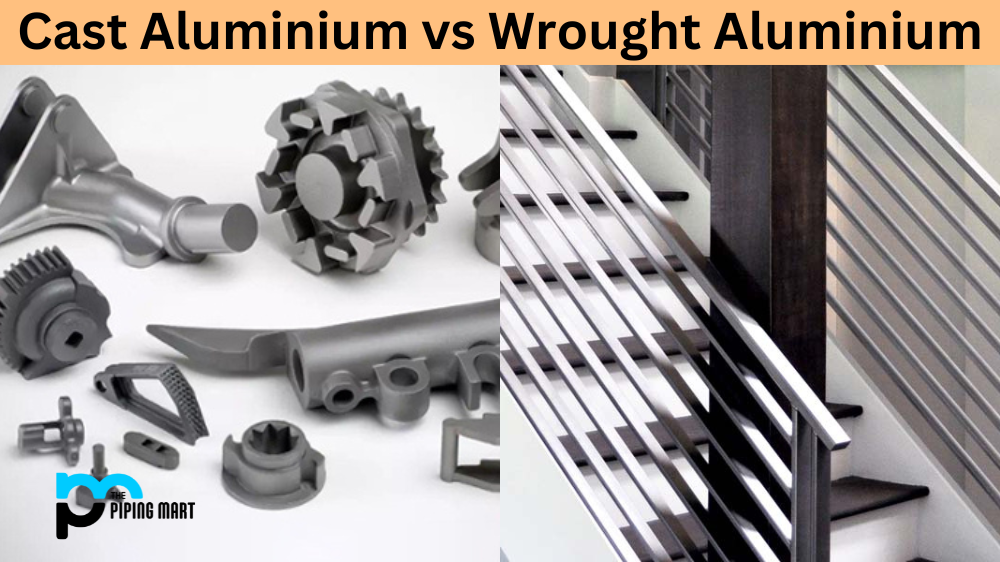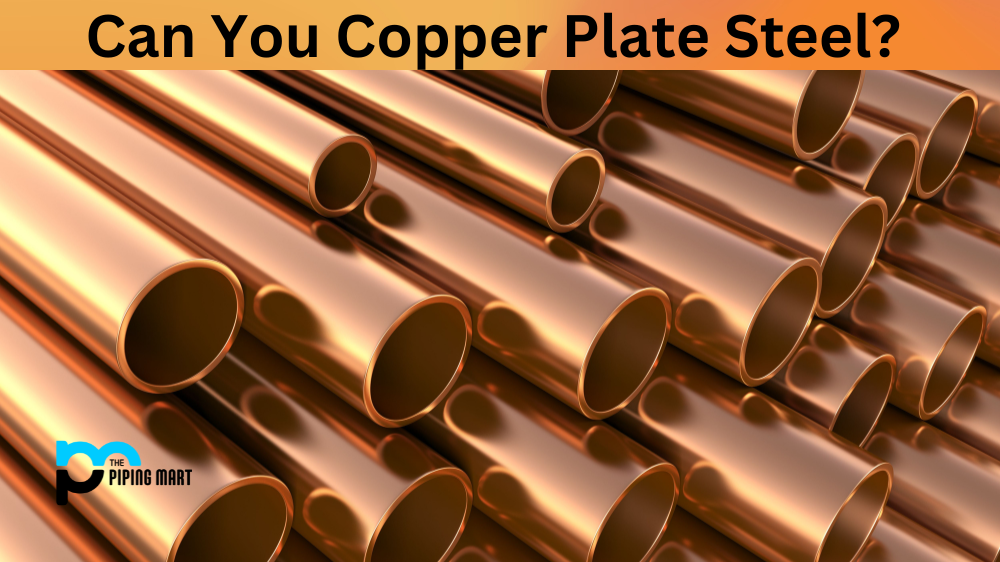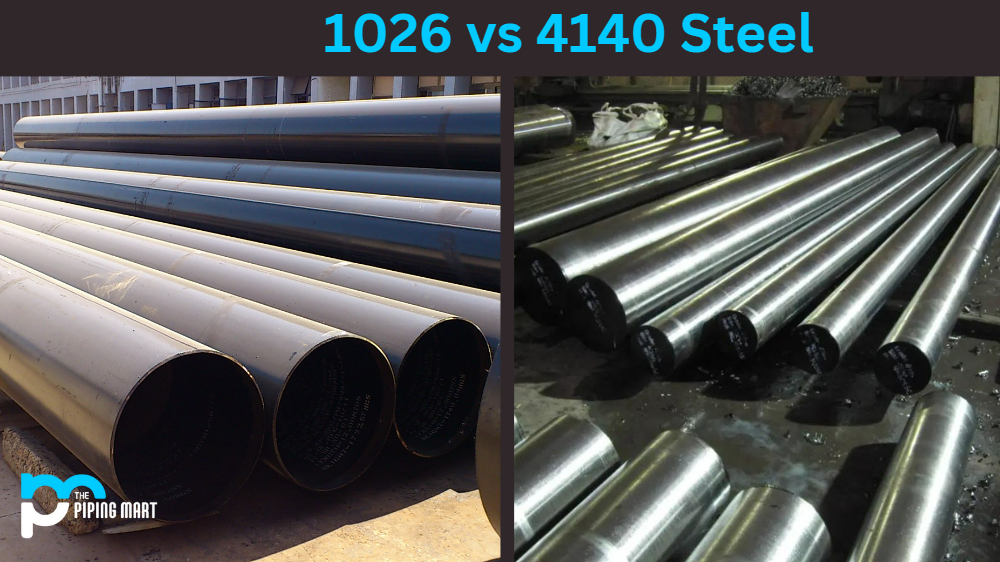When it comes to aluminums, there are two main types – cast aluminium and wrought aluminium. They may look similar at first glance, but these two types of aluminum are actually quite different. In this blog post, we’ll explore the difference between cast and wrought aluminum so that you can make an informed decision when selecting the right type for your project.
What is Cast Aluminium?
Cast aluminium is created by pouring molten metal into a specific shape or mould. This method is used to create everything from simple cookware to complex engine components. The benefits of cast aluminum include its strength and durability – it can withstand high temperatures without warping or corroding – as well as its low cost compared to other metals. However, the downside of cast aluminum is that it tends to be more brittle than other metals, making it prone to cracking or shattering under pressure or extreme temperatures. Cast aluminium is made by pouring molten aluminium into a mould. This method is typically used for making large, complex shapes. Cast aluminum is strong and durable, but it is also more expensive than other types of aluminum.
What is Wrought Aluminium?
Wrought aluminum is created by subjecting the molten metal to intense heat and pressure in order to change its shape or form. This process produces a much softer material than cast aluminium, making it easier to work with during fabrication processes like welding or shaping. Unlike cast aluminum, wrought aluminium retains its strength even when exposed to extreme temperatures or pressures; however, this also means that wrought aluminum tends to be more expensive than cast aluminium due to the additional processing involved in creating the product. Wrought aluminum is made by heating aluminium ingots until they are soft enough to be worked. This method can be used to create a variety of shapes, including sheets, bars, and wires. Wrought aluminium is less expensive than cast aluminium, but it is also less strong and durable.
Difference Between Cast Aluminium and Wrought Aluminium
Strength and Durability
Cast aluminum is stronger and more durable than wrought aluminium. This is because the casting process creates a product that is free from impurities and defects. Wrought aluminum, on the other hand, may contain impurities that can weaken the metal.
Cost
As mentioned above, cast aluminium is more expensive than wrought aluminum. This is because the casting process is more complex and requires more energy. Additionally, cast aluminium products are often thicker than wrought aluminum products, which adds to the cost.
Applications
Cast aluminum is typically used for applications that require a strong, durable metal. These applications include automotive parts, machine parts, and structural components. Wrought aluminium is typically used for applications that require a lighter-weight metal. These applications include electrical components, food packaging, and consumer products.
Environmental Impact
Both cast and wrought aluminium have a relatively low environmental impact compared to other metals. Aluminum can be recycled multiple times without losing its properties, making it an environmentally friendly choice for many applications.
Conclusion:
When selecting the cast and wrought aluminium for your project, it’s important to consider the differences between them – strength versus flexibility, the cost versus quality – in order to make an informed decision about which type will best suit your needs. Cast aluminum offers a strong and durable solution at an affordable price point, while wrought aluminium provides superior flexibility at a higher cost. Ultimately, the choice depends on what you need from your material and how much you’re willing to invest in getting it done right.

Abhishek is a seasoned blogger and industry expert, sharing his insights and knowledge on various topics. With his research, Abhishek offers valuable insights and tips for professionals and enthusiasts. Follow him for expert advice on the latest trends and developments in the metal industry.




